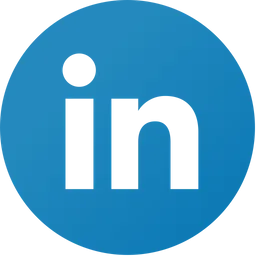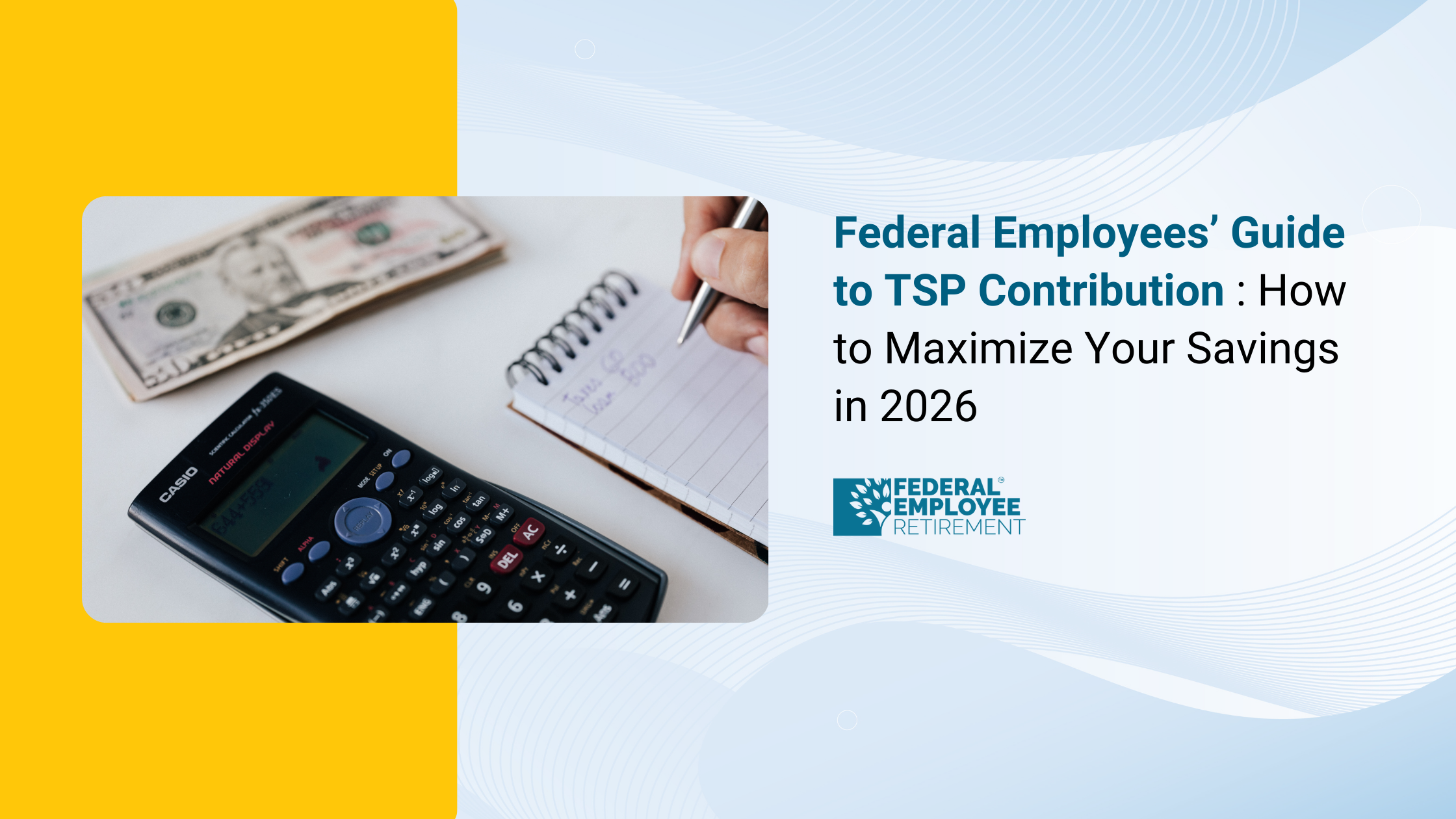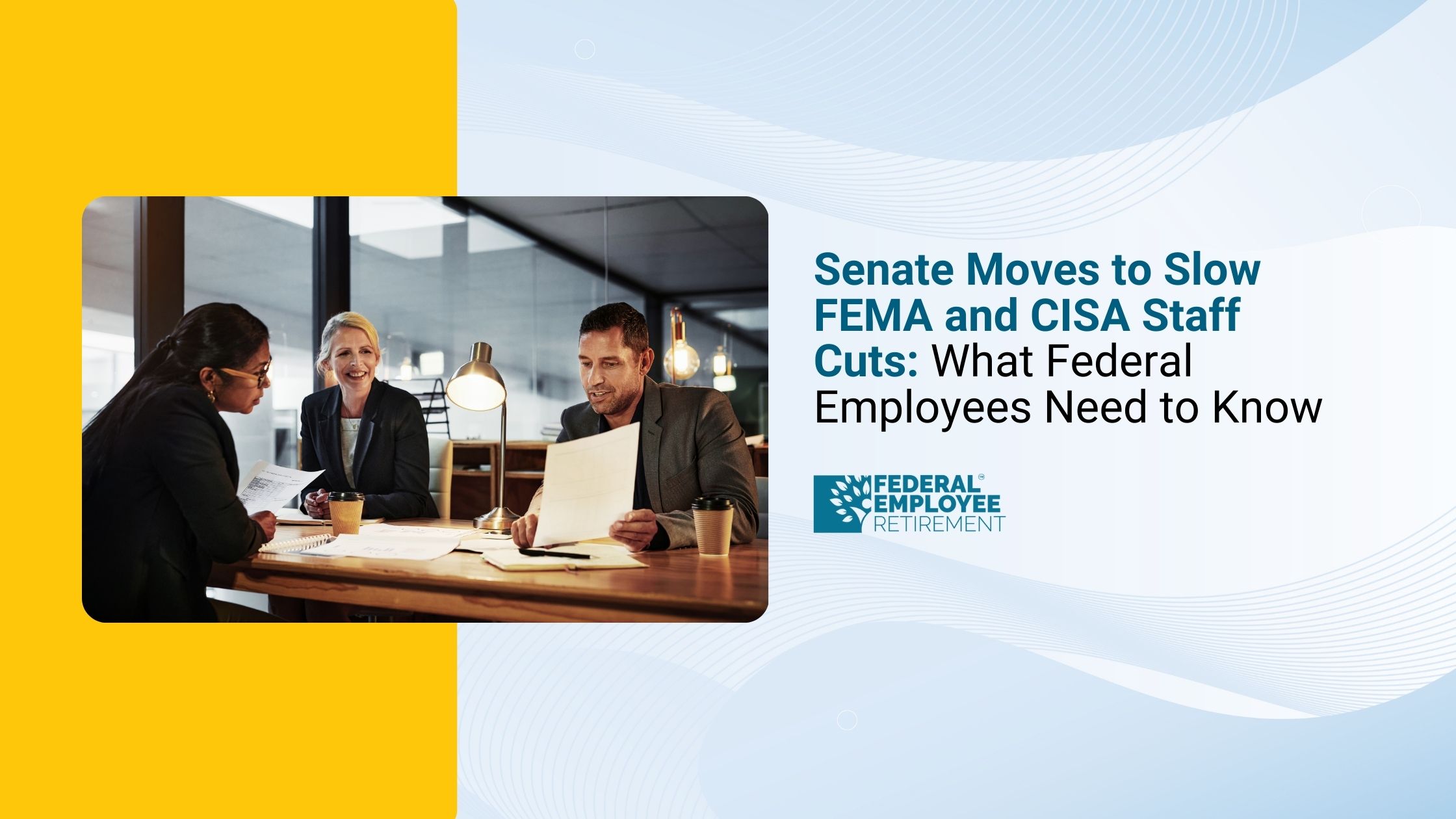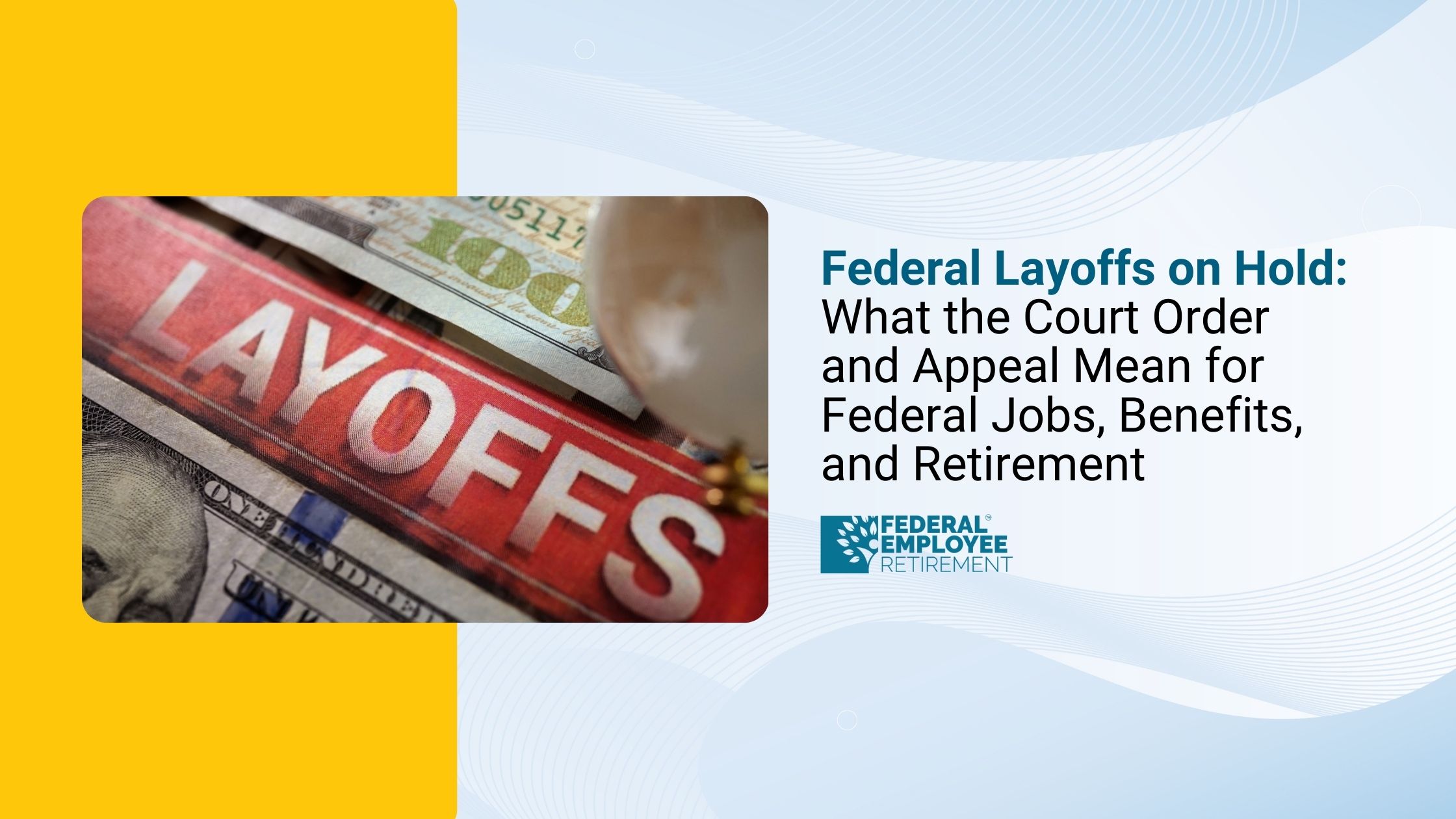You’re not alone; 4,359 federal employees booked their free review.
%20Rules%20Explained%20(1).jpg)
What Happens To 401k When You Die?
Few people like to think about what happens after they are gone, but planning for that moment can make a lasting difference for the people you care about most. This is especially true when it comes to retirement accounts like your 401(k), which often hold decades of your life’s savings and financial discipline.
So what happens to your 401 (k) when you die? It depends on whether you are married at the time of your death, whether you have named a 401 (k) beneficiary, who that beneficiary is, and your plan's rules.
Primary beneficiaries are first in line to inherit, followed by contingent beneficiaries.
Beneficiaries named on your 401(k) plan inherit its assets, even if you stipulate in a will that it goes to others, which is why it's important to designate them in your plan.
If you are contributing to a 401(k), here’s what you need to know about how these assets will perform after you die.
What Happens to Your 401(k) When You Die?
When you pass away, your 401(k) or Roth 401(k) generally transfers to the beneficiaries you have listed on your plan.
If you have properly named your beneficiaries, the process usually happens outside of probate, meaning your loved ones don’t have to wait for lengthy legal proceedings to receive the funds. Instead, the assets are distributed directly to them.
However, some important details and exceptions can influence how your 401(k) is handled:
- You can name multiple primary beneficiaries, but you must allocate percentages totaling 100% across all recipients.
- If you wish to leave more than 50% of your balance to someone other than your spouse, your spouse typically must provide written consent under federal law.
- If you don’t name any beneficiaries, your spouse automatically inherits your 401(k).
- The listed 401(k) beneficiary form overrides your will. This means even if your will states otherwise, the designation on record controls the distribution.
- You can name contingent beneficiaries, the individuals who will inherit your account if your primary beneficiaries pass before you.
- If you are unmarried and have not designated any beneficiaries, your 401(k) plan becomes part of your estate and must go through probate, which can delay access to the funds.
- In some cases, if your estate itself is named as the beneficiary, it will also have to go through probate before the funds can be released to your heirs.
- This can take months or even years, depending on your state’s laws and the complexity of your estate.
Undersatnding the 401(k) Rules & Regulations
Unlike other will-based plans, where the fund directly passes or is inherited by the beneficiary, a 401(k) can take another path if not monitored carefully. Here are important steps to be taken to ensure it passes to the right hands
1. Beneficiary Designations Take Precedence Over Your Will
A 401(k) plan follows the beneficiary designation form, not your will. Whoever is listed on that document, no matter when it was completed, has the legal right to inherit the account.
If your spouse, children, or another individual is named, the funds transfer directly to them without entering probate. However, if no beneficiary is designated, or if you have listed your estate, the account will generally pass through the probate process, which can result in delays, legal fees, and avoidable taxation.
Hence, it's essential to review and update your beneficiary forms regularly, especially after major life events such as marriage, divorce, or the birth of a child.
2. If No Beneficiary Is Named, Probate Follows
Without a designated beneficiary, the account typically defaults to your spouse. If there is no surviving spouse, it becomes part of your estate and goes through probate.
Probate can:
- Delay fund distribution by several months or more.
- Expose the account to creditors.
- Reduce the balance due to administrative and legal costs.
- Trigger premature tax liability for heirs.
3. Spousal vs. Non-Spousal Beneficiaries
When a spouse inherits the 401(k):
A surviving spouse generally has the most flexibility. They can:
- Roll the account into their own IRA or 401(k) allowing continued tax deferral.
- Keep it as an inherited account and take withdrawals when needed.
- Take a lump-sum withdrawal though this may create an immediate taxable event.
When a non-spouse (child, sibling, or parent) inherits the 401(k):
Under the SECURE Act, non-spousal beneficiaries must transfer the funds to an inherited IRA and deplete the balance within 10 years. They cannot roll it into their own retirement plan.
In practical terms, if a child inherits a $200,000 account and withdraws it all in a single year, that amount adds to their taxable income, potentially moving them into a higher tax bracket. Spreading withdrawals over the 10 years can significantly reduce the tax impact.
Federal employees often assume that naming “my children equally” is sufficient, but without understanding the withdrawal rules, heirs can face unnecessary tax burdens.
4. The Beneficiary’s Process: What Happens After Death
From a procedural standpoint, beneficiaries must take certain steps before accessing the funds. A typical sequence includes:
- Obtaining the death certificate and plan details from the employer or plan administrator.
- Submit a beneficiary claim form to the plan’s custodian.
- Choosing a distribution method (lump sum, inherited IRA, or rollover).
- Consulting a tax or retirement advisor to understand the best course of action.
5. Integrating Your 401(k) Into a Broader Estate Plan
A well-managed 401(k) should be part of a larger estate strategy. In our advisory practice, we encourage clients to consider:
- Naming a trust as the beneficiary when minors or dependents with special needs are involved.
- Coordinating 401(k) and life insurance to ensure liquidity for taxes or immediate expenses.
- Evaluating a Roth conversion strategy before retirement to reduce heirs’ taxable income.
- Maintaining clear records of account details and beneficiary information, kept in a secure but accessible location.
You should also checkout - federal pension calculator
Need expert guidance to plan your 401(k)? Book your consultation today and plan your finances.
We are the Federal Pension Advisors, Our expert advisors simplify these complexities, presenting you with clear, easy-to-understand options to help you maximize your benefits. You won’t have to navigate this alone—we’ll be with you every step of the way, ensuring you feel confident in your retirement decisions.
We offer you the services like, retirement planning, Wealth Management, Insurance Planning etc.
Other Services:
- Investment Advice
- Financial Planning
- 403 b plan
- Paycheck calculator
- TSP calculator etc.
The Bottom Line
So the simple answer to “What happens to your 401(k) when you die?” is your 401(k) passes to the beneficiaries you have designated on your plan. If no beneficiaries are named, it typically goes to your spouse or becomes part of your estate and goes through probate. The listed beneficiaries inherit the account even if your will says otherwise.
A 401(k) doesn’t follow the will but the paperwork, and hence it’s important to ensure that designations are in order.
FAQS
1. Do beneficiaries pay taxes on 401(k) inheritance?
Yes, beneficiaries typically pay taxes on a 401(k) they inherit. The account is usually subject to income tax when distributions are taken. However, the exact tax rules depend on whether the account is traditional or Roth and the timing of withdrawals. For example:
- Traditional 401(k): Distributions are taxed as ordinary income.
- Roth 401(k): Distributions are usually tax-free if the account was held long enough.
2. Does a 401(k) continue to grow after death?
Yes, a 401(k) can continue to grow after the account holder’s death. The inherited funds remain invested until the beneficiaries take distributions, so the account may continue to earn interest, dividends, or investment gains. However, required distributions may need to begin within certain IRS timelines, depending on the beneficiary type.
Content Reference -
https://www.fidelity.com › learning-center › smart-money
Disclaimer
The information provided in this article is for educational and informational purposes only and should not be considered financial, legal, or tax advice. Rules governing 401(k) inheritance, taxation, and beneficiary designations may vary based on individual circumstances, plan provisions, and state laws.
You should consult a qualified financial advisor, tax professional, or estate planning attorney before making decisions regarding your retirement accounts or estate plan. Federal Pension Advisors is not responsible for any actions taken based on the information provided herein.


Get Updated
Subscribe to our weekly updates for the latest on retirement planning, federal benefits, exclusive webinars, and more!
Download Federal Retirement: Step-by-step Checklist
This comprehensive guide will help you understand your federal benefits, optimize your savings, and plan for a comfortable future.

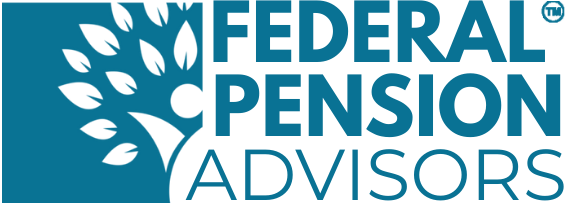
.png)



